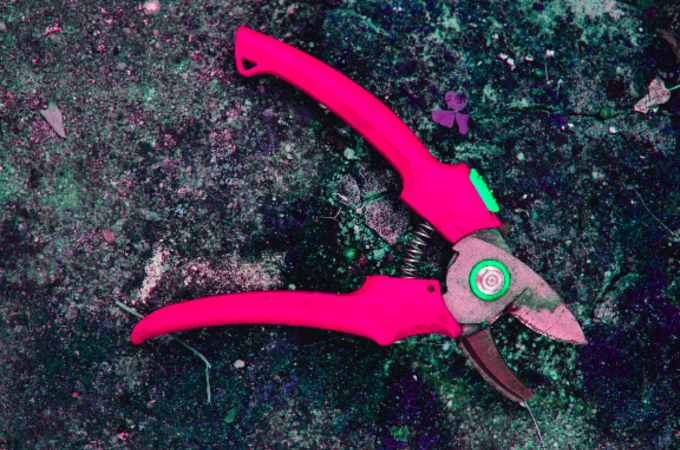
Nsuukidem had been dying her whole life. The physician who deposited that truth bomb in her parents’ laps was bursting with justifications for why their newborn could never get better, unsatisfactory explanations because, as she understood it, everyone else was dying too. Just slower and in less inconvenient ways.
The illness that would be her ruination unfurled into its full potential, an indignant caterpillar evolving into an angrier butterfly. All this arrhythmic pique spilled in the lower chamber of her heart a decade ago. She was twelve and refused to count the candles on the peppy stack of red velvet pancakes commemorating her mortality. How many more candles would she blow out before she died?
The birthday candles inflamed her, ire ballooning inside her body until she passed out face first on the smug pancakes, an ensemble of screams from her mother, aunties, and cousins escorting her into unconsciousness. The icing and whipped cream dusting her cheeks oiled that unpleasant memory with some sweetness at least.
How she’d squeezed years out of her conscientiously unreliable heart was a mystery to her family. She did not try hard to stay alive, no harder than the average person. But don’t be fooled. It was a stubborn game of will and wits between her and death. Her nonchalance was the line in the sand, lulling ephemerality into a false sense of complacency. The lack of enthusiasm would trick her heart into tinkering along.
As it turns out, nothing is more enduring than death itself. It all came down to one final “cardiac episode,” such a tidy phrase for the violent attack on her continued health.
Nsuukidem’s father grew the loveliest garden behind their house, a cornucopia of scent and color. She wanted to hate the garden and the flowers her father nursed from stinking manure and diminutive seeds because they would outlive her. But peace is a hard thing to hate.
Her father’s green sanctuary stewed a calm in her like no other remedy. Iodine tablets went down her gullet smoother if she swallowed them by the row of calla lilies skirting the garden’s perimeter. The annoying beeping sound the EKG monitor on her arm made became birdsong.
Picture her, twenty-two and wan, a muddy apron covering the front of her denim overalls, bubblegum pink mini shears poking out of the comically large apron pockets, and her braids sitting high on her head, held in place by an old bandana.
There are uglier ways and places to die.
Her passing was a little like the episode on her twelfth birthday, with the screams that this time started in the house and then all of a sudden close to her right ear, which she found was wedged to the crumbly earth. The mouthful of dirt she inhaled tasted sharp and surprisingly a little sugary, considering that it was previously underneath her weathered gardening trainers.
She focused on the stretch of potted bee orchids she was watering before the pain dilated in her chest and methodically counted as many as she could, stopping at twenty-three. Yes, there are uglier places to die.
Wasn’t it something, she thought as she slipped into entombing silence, wasn’t it something to do away with corporeality in a place so mindful of life and decay and fruitful abandon? She hoped, a tiny bit, that she would be left there when she turned to leather and rot.
Photo by Markus Spiske on Unsplash




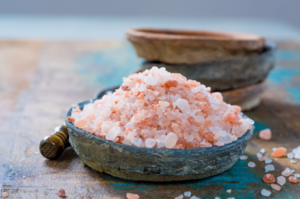
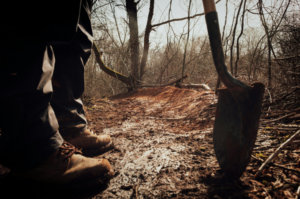

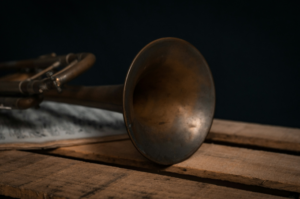
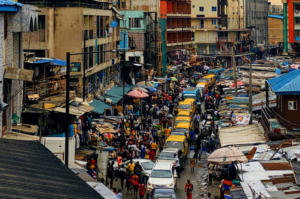

COMMENTS -
Reader Interactions